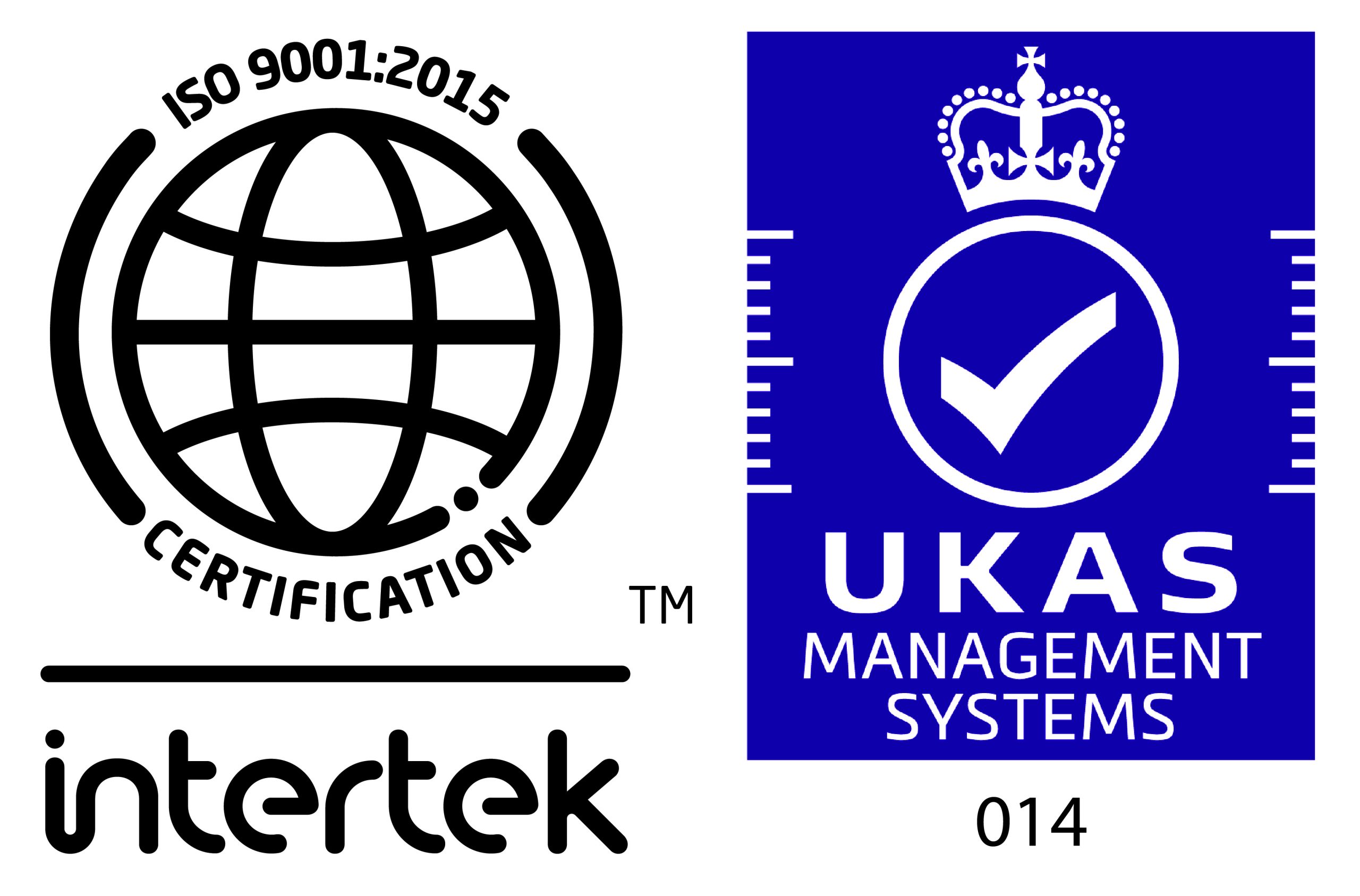What are the obligations on employers when a member of staff is pregnant?
Before or during the 15th week before the expected week of childbirth (the ‘EWC’), an employee must inform her employer (in writing if requested):
- she is pregnant
- the date of the EWC as confirmed on the maternity certificate, form MAT B1 (an employer can ask to see the form)
- the date her maternity leave is due to start.
Once notified, an employer has 28 days in which to confirm the employee’s eligibility for maternity leave, whether statutory maternity pay will be payable, and the date of the expected return to work if full entitlement to maternity leave is taken. The first pregnant worker risk assessment should also be undertaken.
All pregnant employees are entitled to reasonable paid time off to attend antenatal appointments which they have been properly advised to attend. These aren’t restricted to medical examinations. Aside from the first, the employee must evidence the appointments if requested.
Risk assessments need to be undertaken to safeguard the health and safety of a pregnant employee. All reasonable steps to remove or control any hazards should be taken, which can include suitable alternative work. If this cannot be done, she must be placed on paid maternity suspension for as long as is necessary to protect her health and safety.
Pregnancy related sickness absence is not uncommon. Employers must not treat this absence as normal sickness absence.
If the employee wants to change the maternity leave start date, she must give the employer (in writing if required) 28 days’ notice before the new intended start date.
Maternity leave lasts for up to 52 weeks. The first 26 weeks known as ordinary maternity leave (OML), and the further 26 weeks as additional maternity leave (AML). The OML can commence anytime from the 11th week before the EWC to birth of the child. During the four weeks before the EWC, OML can be triggered by the employee having pregnancy related illness, or being on paid maternity suspension.
A woman must take compulsory maternity leave immediately after childbirth. This will be a minimum of two weeks, unless the woman works in a factory, in which case it will be extended to four weeks. During the maternity leave period, with the exception of pay, the employee still enjoys all contractual benefits. This includes accrual of paid holidays, which can span two different holiday years. Employer pension contributions are also payable.
Whilst not compulsory, the employer and employee can agree for the employee to work on up to 10 ‘keeping in touch’ (KIT) days during maternity leave. Normal pay should be payable, however statutory maternity pay may need to be taken into account.
If a woman wants to return to work earlier than the intended return date, she must give the employer at least eight weeks’ notice. This requirement can be waived.
When returning from OML, the employee must be allowed to return to their old job on the same terms and conditions. When returning from AML, the employee must be allowed to return to their old job unless it is no longer available. Here, a suitable alternative must be offered on no less favourable terms than before. If a redundancy situation arises whilst on leave, the employee must be offered a suitable alternative vacancy if one is available.
The information contained within this page is for guidance only and is not to be relied upon as legal advice. If you require specific legal advice, please contact our team for support.


